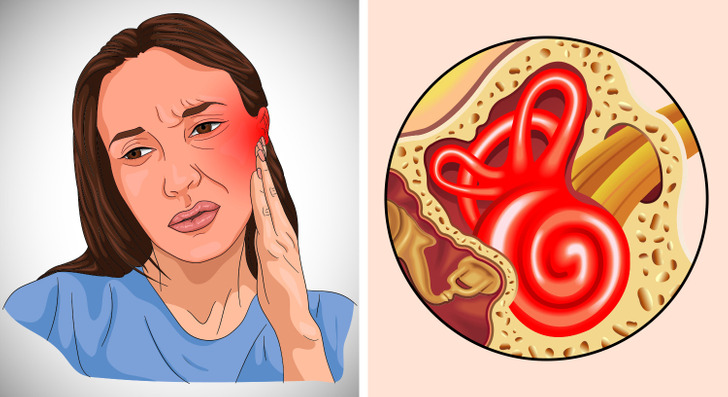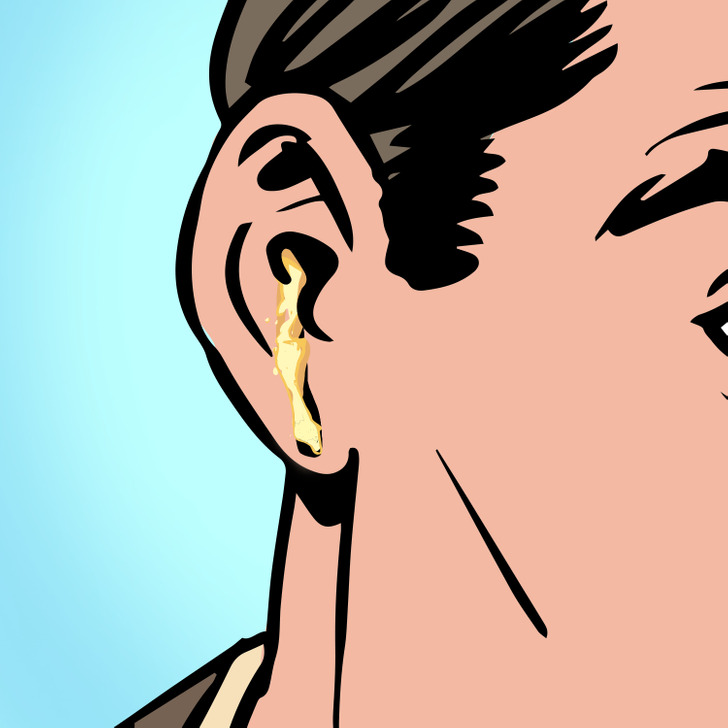What kind of idiot would put keys in their ears? 😂
6 Signs You Have an Ear Infection And How to Prevent It
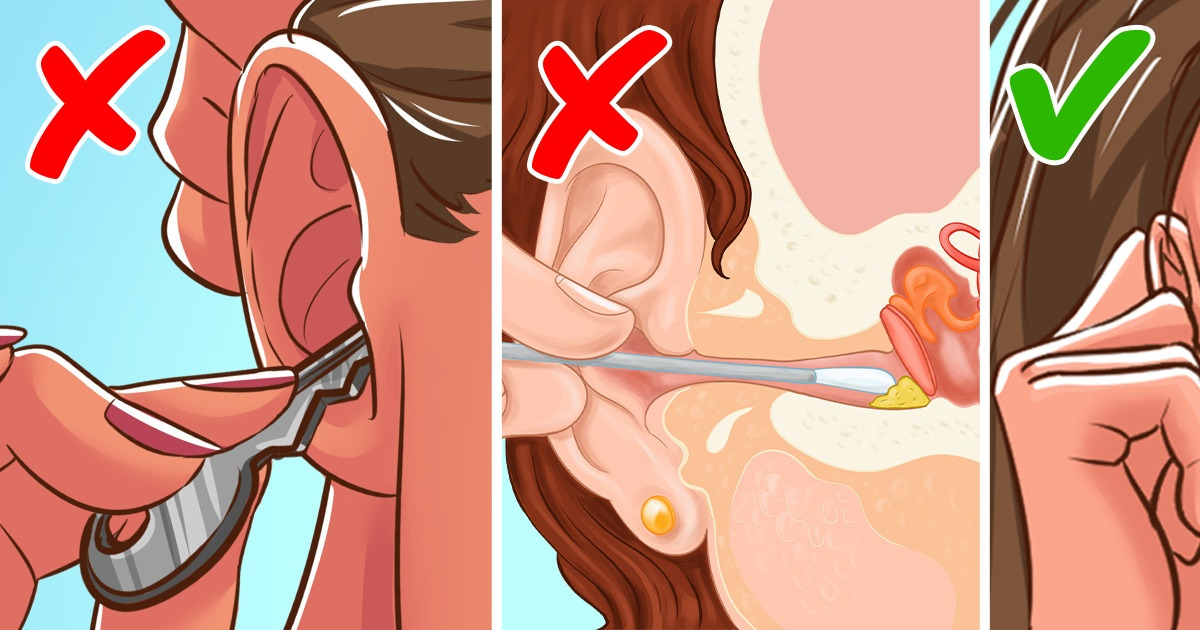
Ear infections have mostly been linked with children, but in reality they still affect 20% of adults. That’s absolutely normal, since adults can get affected by bacteria and viruses just like kids. And it seems that people with weak immune systems and ear inflammation are those who should be a lot more careful. The bottom line is that ear infections are very unpleasant, and you should be able to recognize them immediately in order to treat them quickly.
Bright Side would like to make you aware of the symptoms of an ear infection and the ways you can prevent them from happening. However, we should remind you that for any medical problems, you should always talk to your doctor in order to find a solution.
1. Itchiness
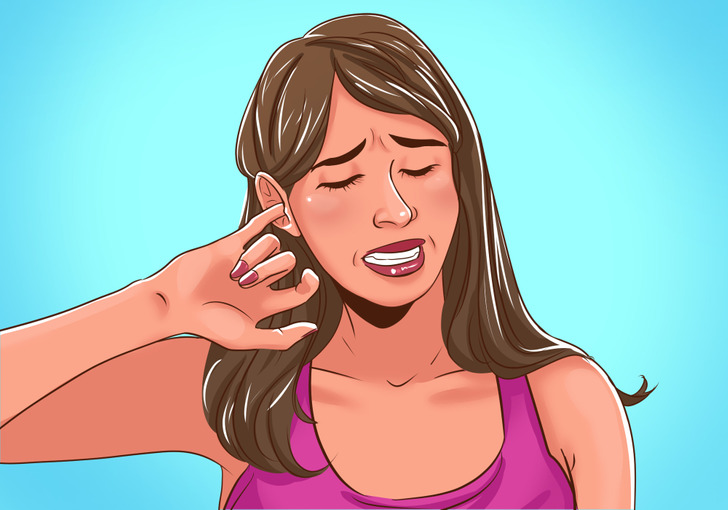
- It can start off with mild itchiness on the inner canal of your ear, and it can become more severe as the infection stays untreated.
2. Redness on the inside and on the outside of the ear
- It can start off with some mild redness on the inner ear canal. But, if it progresses, the redness can become more noticeable not only on the inside but also on the outside of the ear.
3. Discomfort or pain
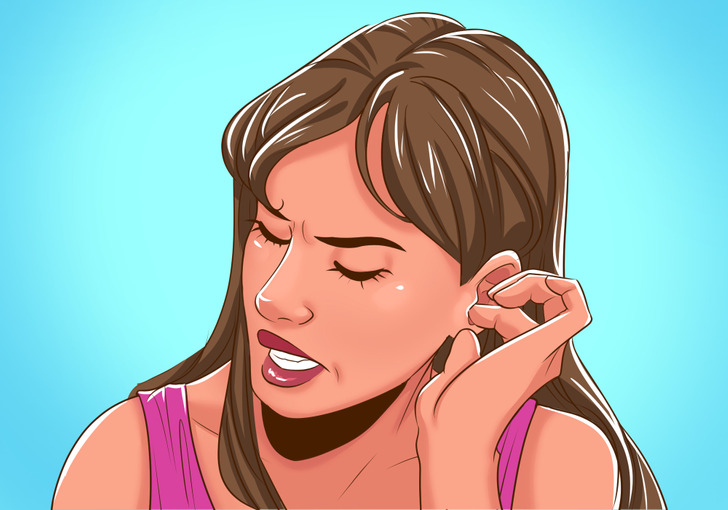
- At first, you might feel a general pain in your ear — especially after pulling the earlobe or pushing the tragus of the ear. After a while, you might start feeling like your ear is full of something. In more severe cases, the pain transfers to your face, neck, or the side of your head.
4. Drainage of odorless fluid
- Like with the other symptoms, the odorless fluid might be very little at first, but as the infection continues to grow, it can start to become excessive.
5. Muffled hearing or ringing
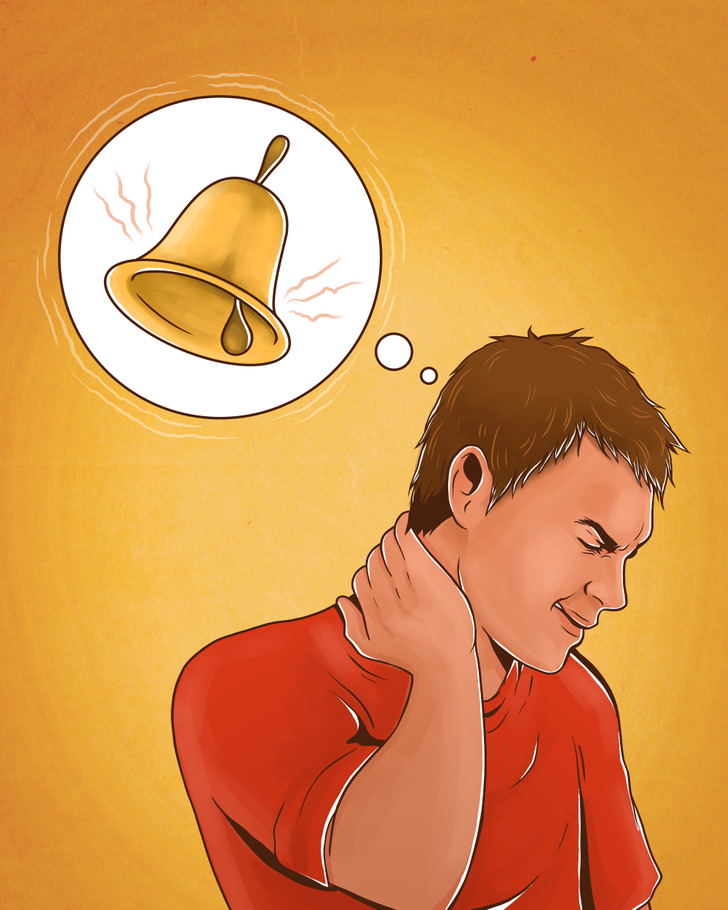
- This symptom might not exist in mild cases, but in more serious ones, your hearing might be affected. You might feel like you can’t hear things as well as before, or you could sense a non-stop ringing deep inside your ear.
6. Swollen neck lymph nodes

- If the infection is left untreated, it can cause your lymph nodes to swell visibly. This can cause you to have a fever, since your entire ear canal is probably completely blocked.
HOW TO PREVENT IT
1. Don’t use cotton swabs or foreign objects
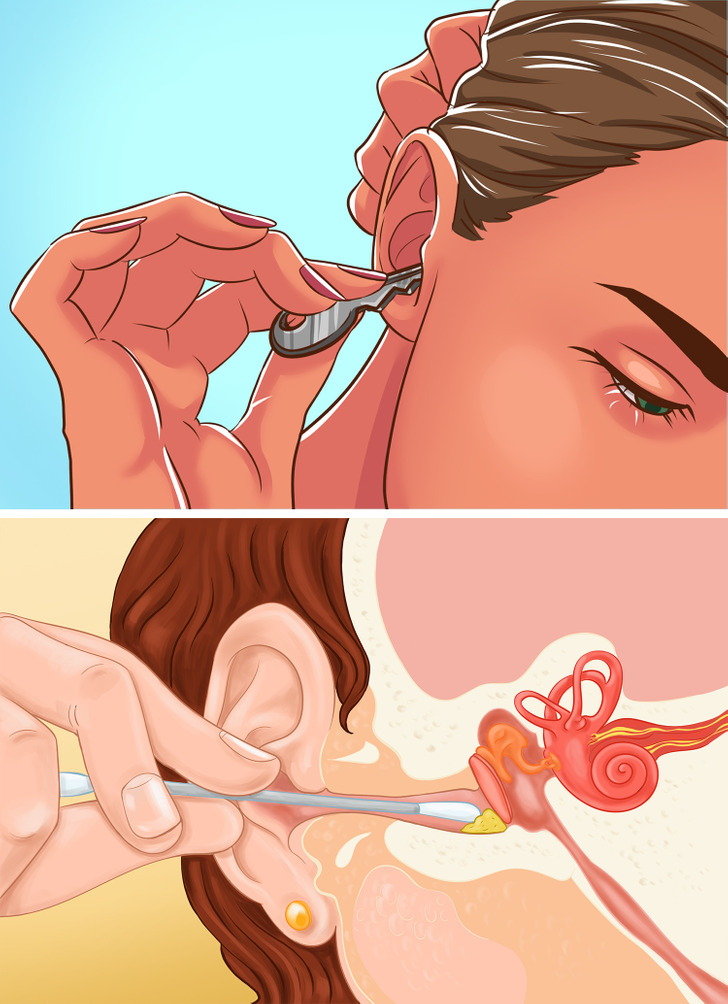
Cotton swabs may be able to clear the walls of your ears, but they also push the earwax even deeper. If you notice that using them causes you discomfort, you should stop using them altogether. Also, you may want to avoid using foreign objects, like keys, hairpins, or paper clips to scratch your ears. They can also push the earwax deeper, irritate the skin, and even break it.
2. Use a swimming cap or earplugs
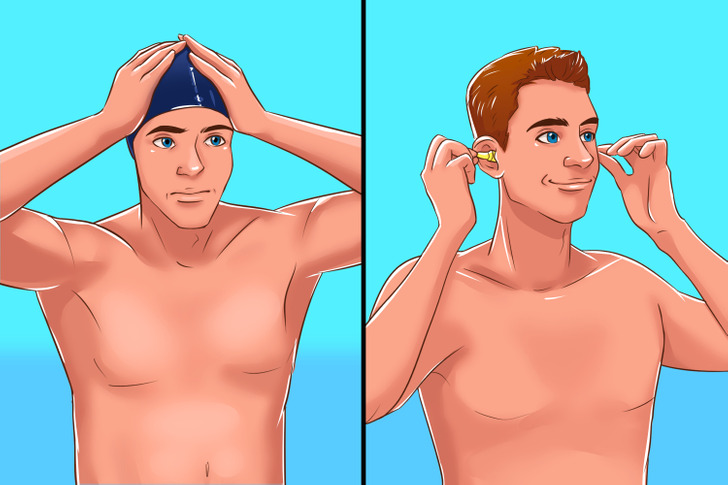
Some people are more susceptible to ear infections, and that’s why you may want to take some measures if you are one of them. You can start by wearing a swimming cap to prevent water from getting into your ears. You might also want to try putting in earplugs if they feel comfortable in your ears. You can always ask your doctor or physician about any other precautions that you can take.
3. Keep your ears dry using a blow-dryer
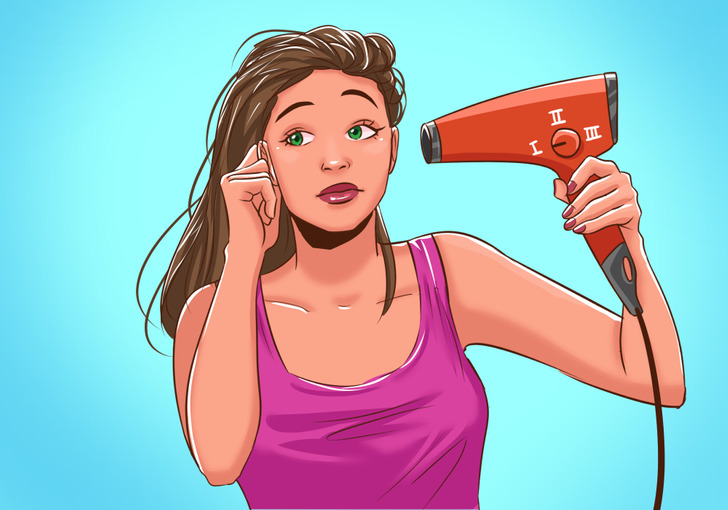
After getting out of the water, make sure that you dry your ears as much as possible by tilting your ears and cleaning them with a towel. By tilting your head and pulling the earlobe in different directions, you will help the water escape safely from your ears. If you still feel like there’s water in your ear after you’ve gotten home, you can use a blow-dryer to dry them. Make sure you put it on low speed and low heat.
Have you ever suffered from an ear infection and, if so, how long did it take you to get over it? Did you visit the doctor or did you opt for over-the-counter methods?
Comments
Related Reads
27 Rare Photos of Celebrities We Didn’t Expect to See

11 Honest Illustrations About Women That You Likely Have Way Too Much in Common With

20 People Shared Embarrassing Stories That Can’t Be Told to Everyone

26 Differences Between the East and the West in Ironic Illustrations of a Chinese Artist

11 Cartoons That Contain Moments Not Meant for Kids’ Eyes

13 Things That Used to Be Trendy but Have Completely Lost the Hype

My Parents Treated My Sister Like a Princess and Me Like Nothing—Big Mistake

I Refused to Pay $100 to Buy My Millionaire Boss a Christmas Gift—I’m Not His Personal ATM

10 People Who Show Us the True Power of Kindness

12 Life Twists That Feel Like a Rollercoaster With No Seatbelt

I Refused to Take My Stepdad’s Last Name, Then He Laid Down a Truth I Didn’t Want to Hear

I Refuse to Let My Spoiled Stepson Ruin Our Family

